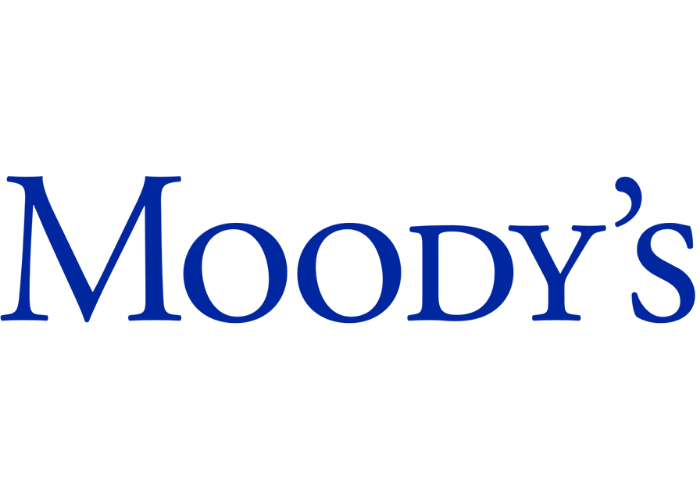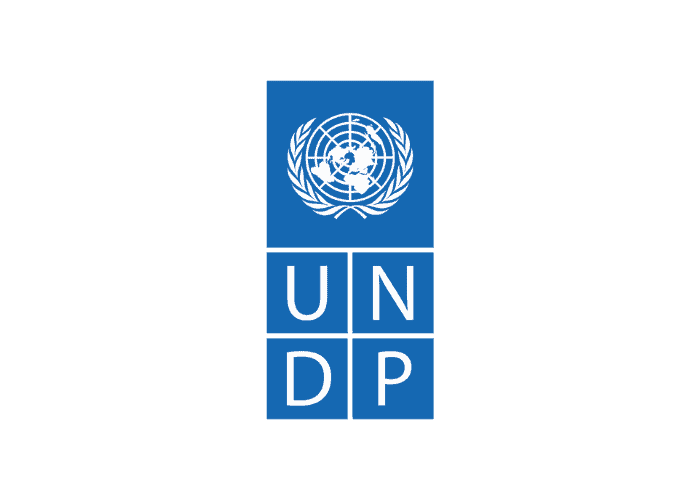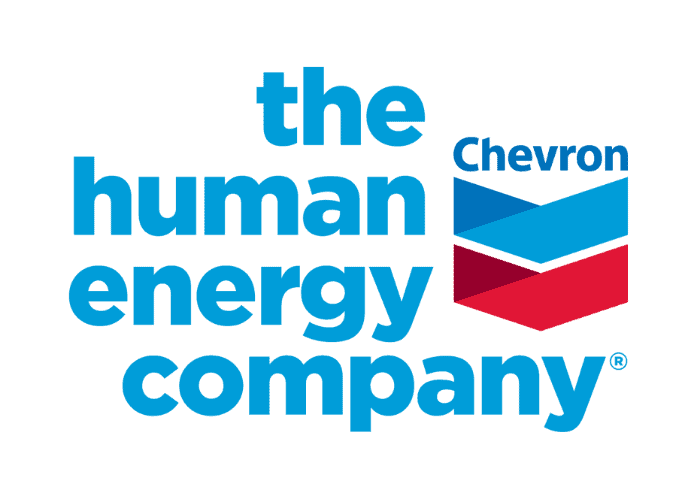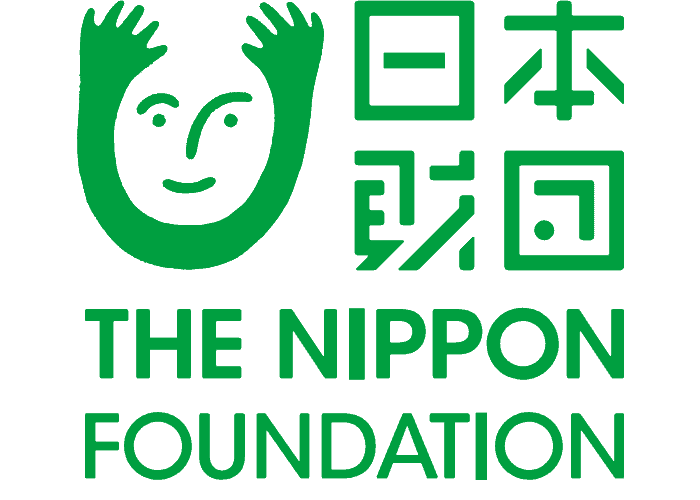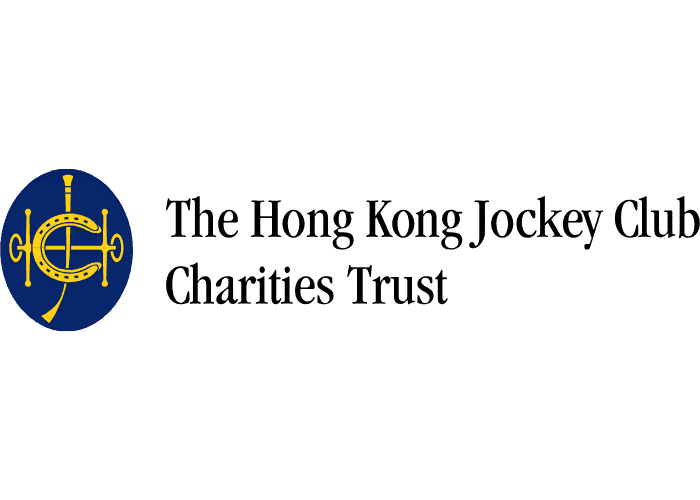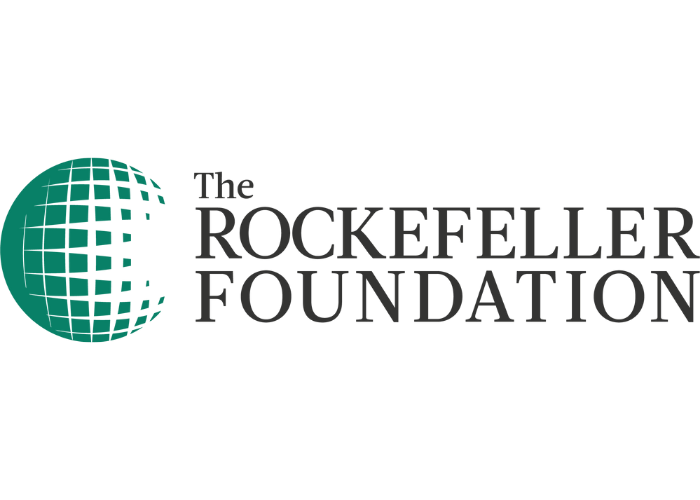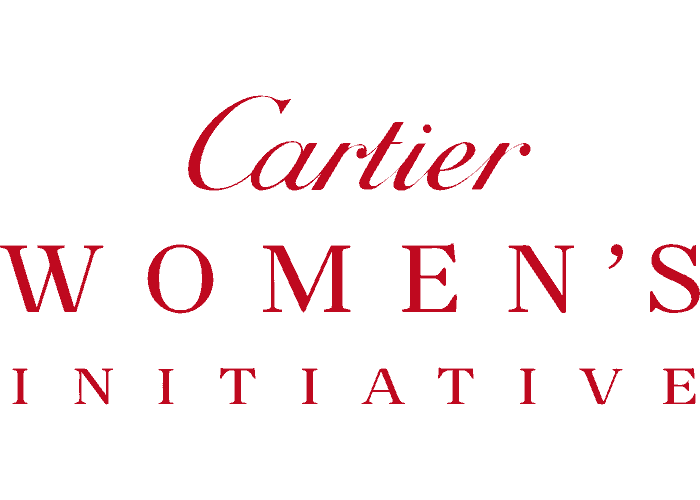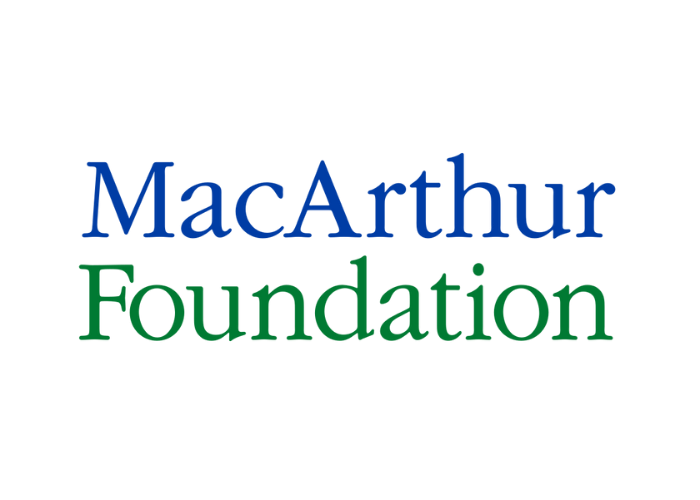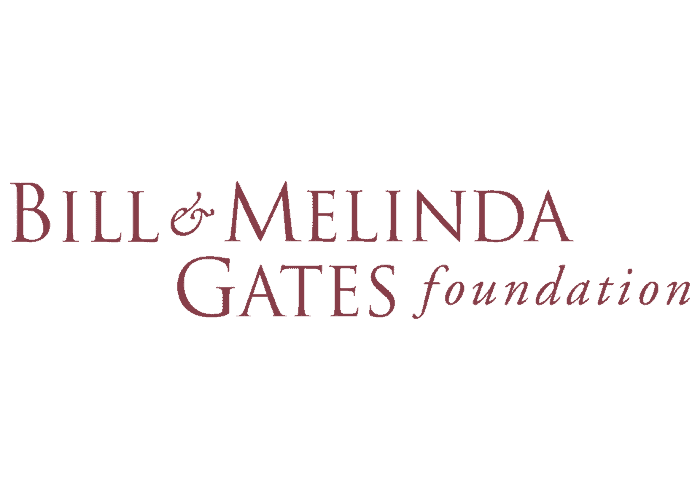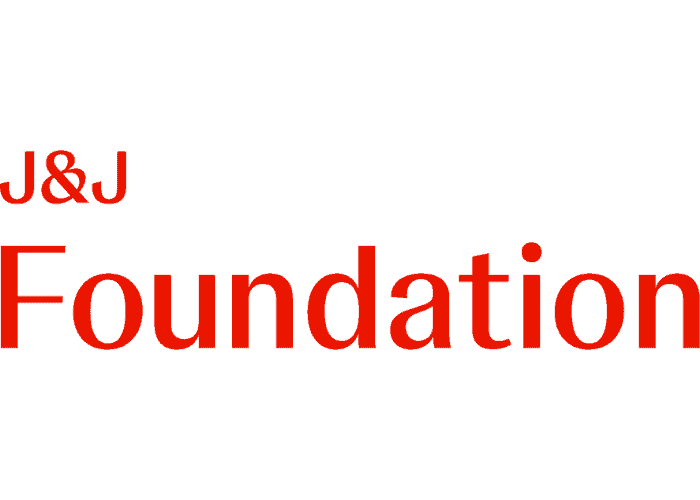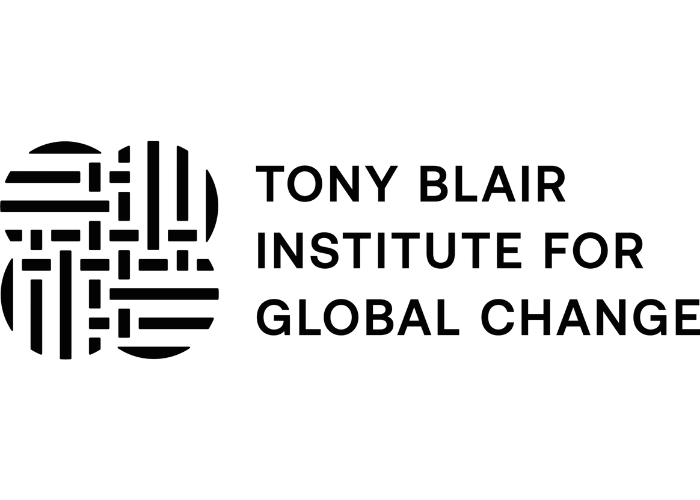Co-Author: Martina Mettgenberg-Lemiere
At the end of November, AVPN offered its inaugural Impact Assessment Masterclass in partnership with Social Value International and Dasra in Delhi.
Over two days, the masterclass made impact assessment frameworks accessible and actionable to participants, this included the Theory of Change, the Balanced Scorecard and Social Value Creation. Fundamental to all frameworks however are three strategic actions every organisation needs to take to ensure the success of their impact measurement:
1 – Impact is a value chain – and measurement needs to follow this
Funders provide support to a social purpose organisation (SPO) with an intended impact, but this is ultimately delivered from SPO to the beneficiary. For instance, a funder may invest in a non-profit delivering early childhood education in India. The desired impact of the funder may be to create better reading skills in young students but they are not directly creating that outcome –the SPO is the delivery vehicle.
This realisation is fundamental to funders choosing frameworks and insight tools for measuring impact. Funders tend to structure their impact assessment by using different tools for different points of the value chain:
- The Theory of Change visualises the effects of the funder on the SPO, and then the SPO onto the beneficiary.
- The Balanced Scorecard measures the effect of the funder on the SPO.
- Social Value focuses on the effect of the SPO on the beneficiary.
Together these three tools cover the entire chain and can be used in combination for a full picture of impact achieved.
2 – Impact measurement needs management support and actions from the entire organisation
We often see organisations who believe hiring an M&E specialist or third-party provider will take care of accountability for impact, but this is unlikely to be successful. Regardless of what form of measurement you choose, it will only succeed if there is leadership support and execution across the organisation.
Organisations which manage this buy-in process well are Caspian Impact Advisers and Lok Capital.
Caspian Impact Advisers’ leadership team is keen on measuring insights and is supportive of their M&E staff. This ensures internal alignment and aids resource allocation.
For Lok Capital the measurement tools are baked into the fabric of operations and constraints are acknowledged by hiring external agencies.
3 – Communication is the foundation
The final key component to any successful impact assessment strategy is proper communication. Impact measurement professionals need to be able to communicate on different levels and with different objectives. Not only is impact assessment becoming more important to communicate to external stakeholders but it also needs to be packaged for internal communication to help drive future decision-making. These two audiences require quite different reporting tools.
Dasra prefers continuous internal feedback through a dashboard for management. They also provide quarterly reporting for donors and then prepare a public annual report for broader external audiences.
Bridges Ventures hosts annual partnership meetings throughout their funds’ lifecycle which includes detailed presentations to all investors. In addition to meetings they also publish an annual impact report and more comprehensive fund-specific reports that includes individual scorecards of portfolio companies, including targets and benchmarks, as well as an updated impact radar.
SVhk uses reports to the board and qualitative stories to present impact. They rely on infographics to make data more engaging and accessible for the reader both internally and externally.
For more on Impact Assessment check out our practical guide: https://avpn.asia/2016/05/22/a-guide-to-effective-impact-assessment/



